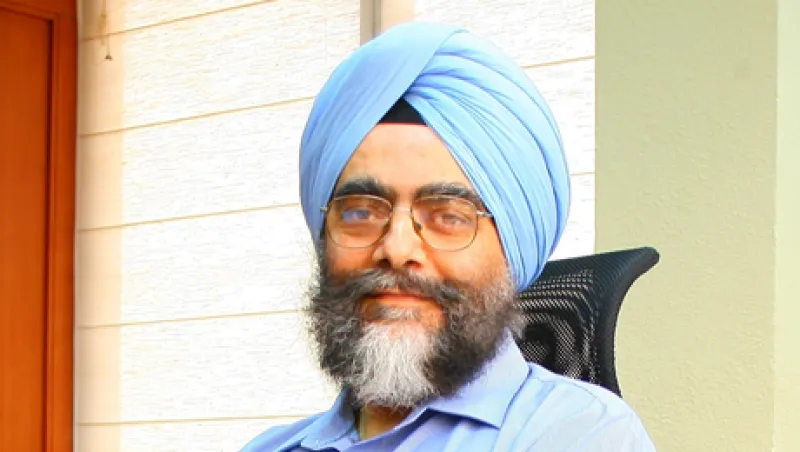India invested $425 billion to build and upgrade highways, ports and other infrastructure in the past five years and is committed to more than double the spending to $1 trillion in the coming five years to accelerate growth.
So says Pradeep Singh, managing director of IDFC Projects, a subsidiary of Infrastructure Development Finance Co., a joint publicly and privately owned consortium, which provides financing for Indian infrastructure projects. Singh spoke to Institutional Investor’s Asia Bureau Chief, Allen T. Cheng, on the sidelines of the recent Asia Development Bank Board of Governor’s Summit in Manila, Philippines.
1. How does the spending in India compare to other leading nations?
Our spending is rising. We invested more than $425 billion in the past five years, roughly 8 percent of GDP, which is up from 4 percent of GDP a decade earlier. For comparison, China is spending roughly 9 percent of GDP on infrastructure, while the U.S. is spending 2 percent of GDP, and Brazil is spending 3 percent of GDP. Our target is to double spending to $1 trillion in the coming five years.
2. Can you give more details?
The power sector, for instance, added 50,000 megawatts in the past five years, to 200,000 megawatts in total generation capacity. About 50 percent of generation capacity added last year came from the private sector, which now makes roughly 25 percent of total capacity.
In cellular phones, the number of connections is equal to about 85 percent of the Indian population. The joke around the country is more people have cell phones than have toilets. As a result, tariffs have fallen to the lowest in the world. It now costs about one U.S. cent per minute to make a call in India.
Our National Highway Authority of India is awarding 15 kilometers worth of road construction contracts on a daily basis, and of that some 7 kilometers are actually built a day. The private sector made up 17 percent of total investments in highways in the past five years.
In ports, we have expanded capacity from 2.88 million ton equivalent units to 8.8 million TEUs in the past five years. The private sector made up more than 80 percent of the investments made in this sector during the last five years.
3. So you are satisfied that India is on par with its neighbors and has caught up with the world average?
India still has a long way to go. For instance, we have only 2.83 km of highway per 1000 people and 770 km per 1000 square km. That is much lower than the world average of 6.7 km per 1000 people and 840 km per 1000 square km.
4. How about funding in the coming five years?
Much more private sector funding is required. In the coming five years, out of the $1 trillion targeted investments, half the total investment is to come from the private sector; that means roughly $350 billion of infrastructure financing will have to come from commercial borrowings by the private sector. Based on domestic resources, this means we will be short of the funds needed.
5. So this presents opportunities for global institutional investors and financiers?
We are very much interested in having foreign institutional investors invest in infrastructure in India. In fact, we would like to woo them. One opportunity exists now. We are launching an Infrastructure Debt Fund. On the whole, we’re still short of financing and very much wish global pension and insurance funds would look at Indian infrastructure projects as long-term income producing opportunities. We are looking at having various incentives schemes, and we hope to make infrastructure in India more attractive to foreign institutional investors.






